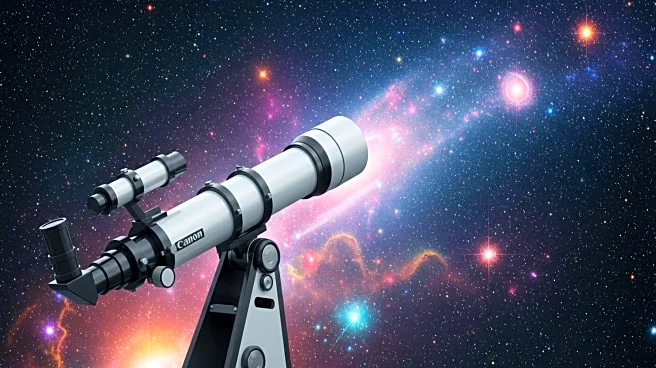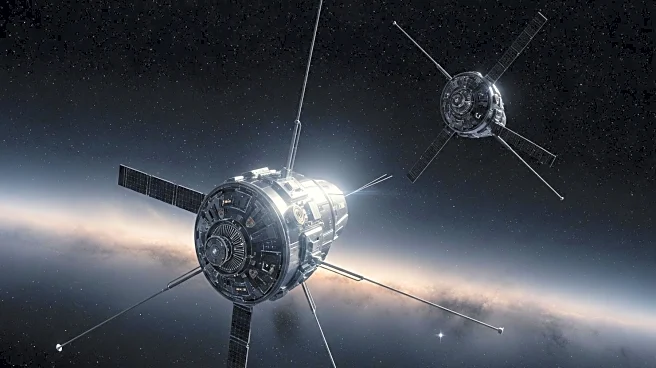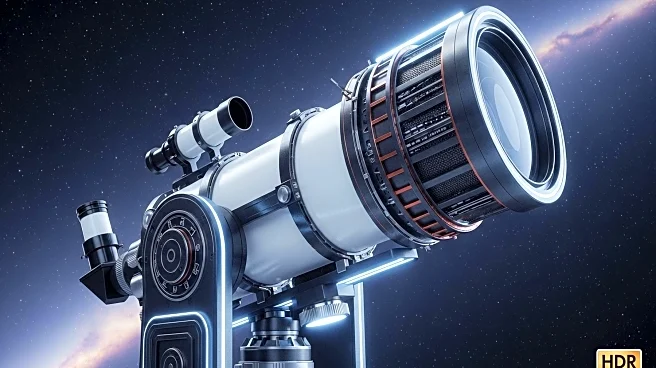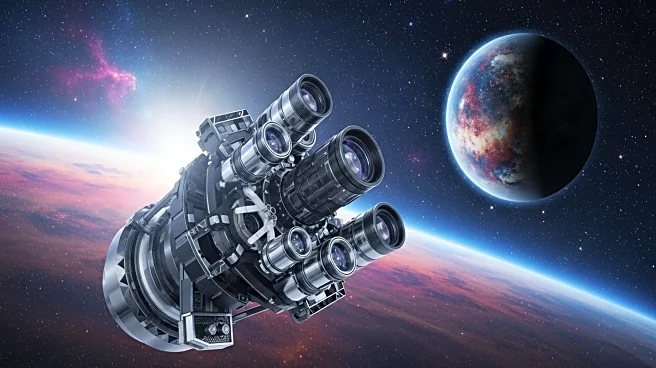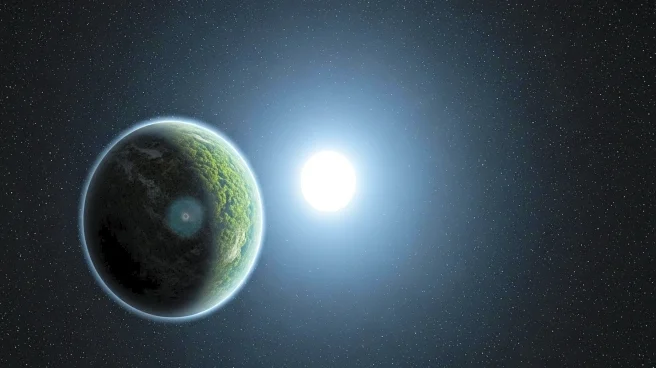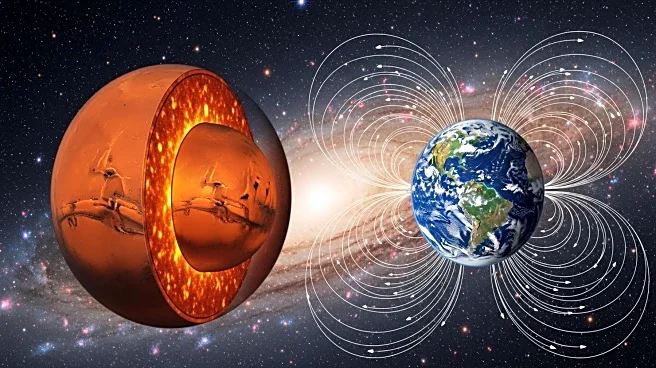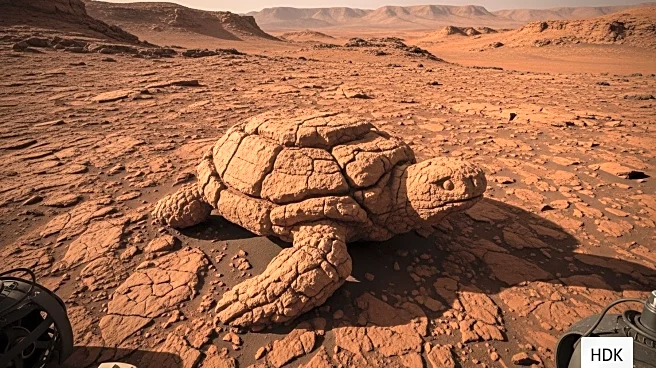What's Happening?
The James Webb Space Telescope (JWST) is at the forefront of the search for extraterrestrial life, focusing on exoplanet K2-18b, located 120 light-years from Earth. Researchers have detected dimethyl sulfide (DMS) in the planet's atmosphere, a compound associated with life on Earth. However, the detection is contested due to questionable data modeling and insufficient statistical significance. Despite skepticism, JWST's infrared capabilities are providing unprecedented insights into exoplanet atmospheres, potentially indicating habitable conditions.
Why It's Important?
The JWST's findings could revolutionize our understanding of life beyond Earth, offering insights into the atmospheres of distant planets. This research could impact astrobiology and the search for habitable worlds, potentially identifying biosignatures that suggest life. The telescope's ability to detect atmospheric compositions is crucial for determining the habitability of exoplanets, influencing future space exploration and scientific priorities.
What's Next?
Further observations are needed to confirm the presence of DMS and other biosignatures on K2-18b. The JWST will continue to study exoplanets, with researchers aiming to refine data models and achieve higher statistical significance. Future telescopes, like the Extremely Large Telescope, may enhance the search for life by detecting oxygen and water in planetary atmospheres.
Beyond the Headlines
The discovery of extraterrestrial life would have profound cultural and scientific implications, reshaping our understanding of the universe and humanity's place within it. The search for life on exoplanets challenges existing paradigms and could lead to new scientific and philosophical inquiries.




